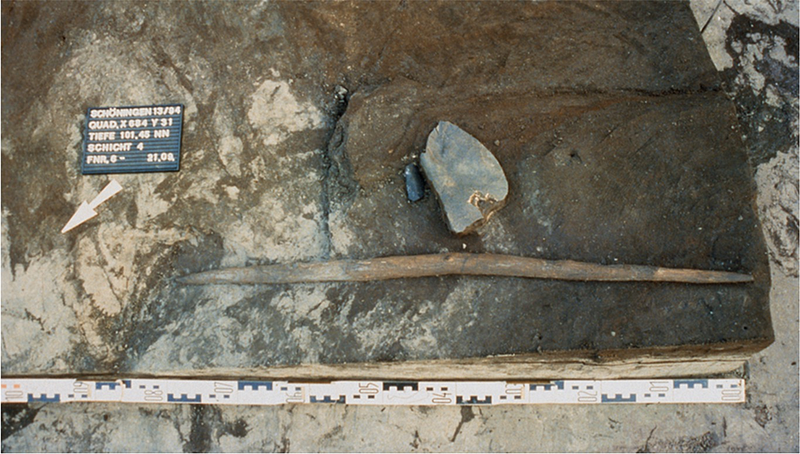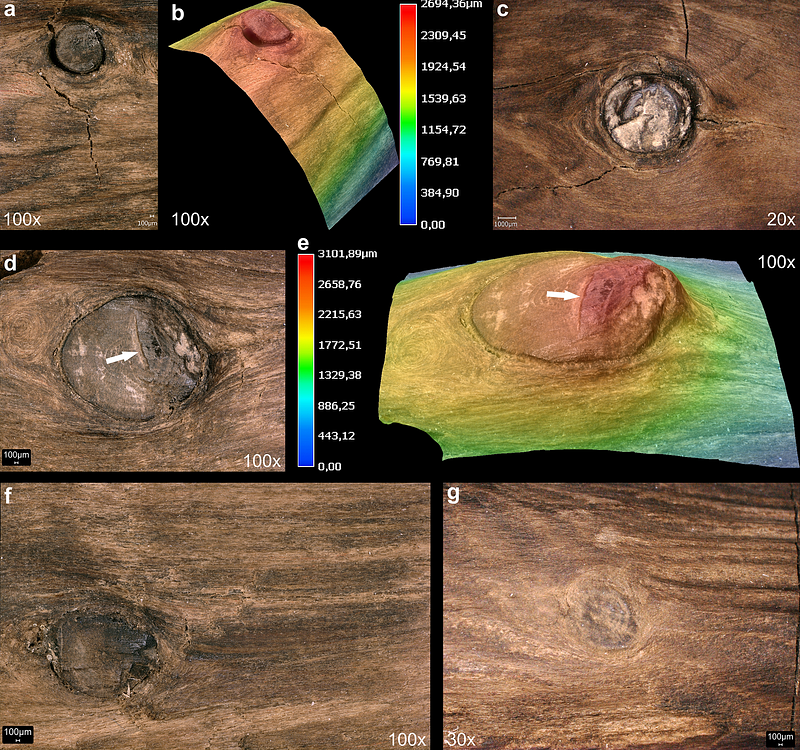Ancient Weapons: Insights into Early Human Creativity and Skill
Written on
Chapter 1: The Evolution of Human Weaponry
The advent of weaponry, specifically tools designed for hunting and combat, marks a significant yet underexplored milestone in human evolution. This transition reflects profound shifts in ecology, cognition, language, and social dynamics. While early weapons are typically viewed as handheld tools, the emergence of ranged weaponry represents a pivotal advancement in our ancestors' capabilities.
“The appearance of weaponry — technology designed to kill — is a critical but poorly established threshold in human evolution…representing…changes in ecology, cognition, language, and social behaviors."
— Milks, A., Parker, D. & Pope, M. External ballistics of Pleistocene hand-thrown spears: experimental performance data and implications for human evolution. Sci Rep 9, 820 (2019).
The narrative of humanity resembles an unfinished script. We know our origins trace back to primate ancestors, yet numerous chapters detailing the progression to modern Homo sapiens remain elusive.
What pivotal moment marked the divergence from primate to human? In his book, The Ape That Understood The Universe, Professor Steve Steward-Williams designates humans as the "throwing ape," emphasizing that the ability to throw was a crucial development that distinguished us from our ancestors.
However, throwing is not merely an action; it necessitates projectiles, training, and a degree of organization and creativity. Evidence of this can be traced back to the discovery of ancient tools.
In Schöningen, Germany, archaeologists uncovered remarkably preserved wooden spears and throwing sticks, estimated to be around 300,000 years old. These findings challenge the outdated perception of our ancient ancestors as mere "cavemen," revealing them as skilled hunters and craftsmen long before the advent of modern civilization.
Chapter 2: The Secrets of Schöningen

Schöningen was once a lakeside hunting ground for early hominids, as detailed by Annemieke Milks and colleagues in their Plos One article. The site yielded butchered remains of various animals, including horses, red deer, and even the remains of a saber-toothed cat that had been used as a tool.
A total of ten spears were excavated, each meticulously crafted with pointed ends and varying lengths between six and ten feet. Smaller throwing sticks, around three feet long, were also found, indicating a sophisticated approach to hunting techniques.
Interestingly, most of the weapons were made from spruce, which does not naturally grow near the site. This suggests that our ancestors may have traveled to procure suitable materials, showcasing their resourcefulness and planning.
The construction of these tools required significant effort and expertise. The spears were formed from tree trunks, while the throwing sticks were carefully selected for their natural curvature, stripped of bark, and meticulously shaped.

The researchers noted that the absence of cracks in the wood indicates the creators likely "seasoned" the materials to enhance durability. The tools were evidently designed for both short and medium-range hunting, showcasing a diverse skill set.
The implications of these findings suggest that early hominids not only utilized spears but also wielded throwing sticks effectively, likely enabling them to hunt smaller prey and possibly allowing children to participate in hunts.
The video titled "Ancient Discoveries: Death Weapons of the East (S3, E1) | Full Episode" provides further insight into ancient weaponry and its implications for human evolution.
Chapter 3: Rethinking Human Evolution
The evolution of projectile weaponry has been pivotal in shaping human history. From the slings used in biblical tales to the development of firearms, our ability to throw and launch objects has significantly influenced our survival and dominance as a species.
The story of ancient weaponry prompts us to reconsider our understanding of early human capabilities. While traditional views may have underestimated the sophistication of our ancestors, these discoveries reveal a complex narrative of ingenuity and skill that has propelled us through the ages.
In conclusion, the narrative of humanity is enriched by these ancient tools, hinting at a deeper understanding of our evolutionary journey and the remarkable creativity of our ancestors. For further insights and stories, consider subscribing to my mailing list or joining Medium to explore more engaging content.